Scientists researching strange appearance of Arctic salmon asking fishers to send in their catches
Salmon in the Arctic have increased a lot since 2016, says researcher

Scientists looking at salmon found in Arctic waters are still asking northern harvesters and fishers to submit any unusual catches in exchange for compensation.
It's part of the Arctic Salmon Project, which is a collaborative effort involving Fisheries and Oceans Canada, scientists from the South and local hunters and trappers organizations.
The idea of the project, said Darcy McNicholl, a biologist with the fisheries and oceans department, is to document the unusual fish being caught by community-based harvesters.
"We encourage fishermen who catch something that they've never seen before to turn it in for a gift cards so that we can dissect it and answer questions that the communities might have," McNicholl said.
That could include questions about what they're eating, where they're coming from and whether they carry diseases.
Salmon can be a good indicator of change in the Canadian Arctic, McNicholl said.
Fisheries and Oceans Canada has been studying salmon populations in the Arctic since 2000, and collects samples every year as part of the Arctic Salmon Project. In 2019, 2,400 salmon were submitted to the department. The year before, less than 100 salmon were collected.

McNicholl said prior to 2016, on average there would be maybe a couple 100 each year.
But the work of a masters student doing traditional knowledge work in the N.W.T. suggests there were large numbers of salmon around the 1960s, she said.
"So, salmon harvest has been occurring in the Northwest Territories before."
Warmer waters
Salmon have been around the Arctic for a number of years but the number has increased a lot since 2016, and 2019 was a busy year, said McNicholl. She said it could be partly because of the rising temperature of water in the South.
"It's pushing salmon into cooler waters, where their eggs can rear, and they can tolerate the cooler temperatures," she explained. "Or they could be following their food, or both."
In any case, McNicholl said the increase in salmon in the last several years is new and scientists are still working out what exactly is driving salmon up North.
As part of the project, locals in various communities — like Ooloosie Aningmiuk and her husband in Kinngait, Nunavut — were trained to collect and receive salmon in various communities. The pair has been helping the department for the past two years.
Aningmiuk said they help monitor the fish that are caught, and the temperature and salt level of the water.
"Being Inuit, we would like to know what we eat, what the water condition is, what the food is like," she said.
"We would like to know how the food is, if they are evolving, or if there are new species."
'Unusual' fish appearances
McNicholl said salmon might not be the only creatures making their way North.
Once, one of the project's conservationists reported this sighting of a salmon shark — normally only found in Alaska — in Kuglutuk, Nunavut.
"That was very unusual," McNicholl said. "Somehow this one made it all the way into western Nunavut."
She added that pink salmon are expanding in all directions across the Canadian North.
McNicholl said the work to learn more about fish species in the Arctic is important because sometimes they aren't new — they just haven't often been spotted.
"We're still learning all the different species that occur, and some of them are really rare," she said.
"It's important for us to work with the communities to find out, you know, is this brand new to the Arctic? Or is this just a rare species that isn't often found? Because it's an important distinction to make."
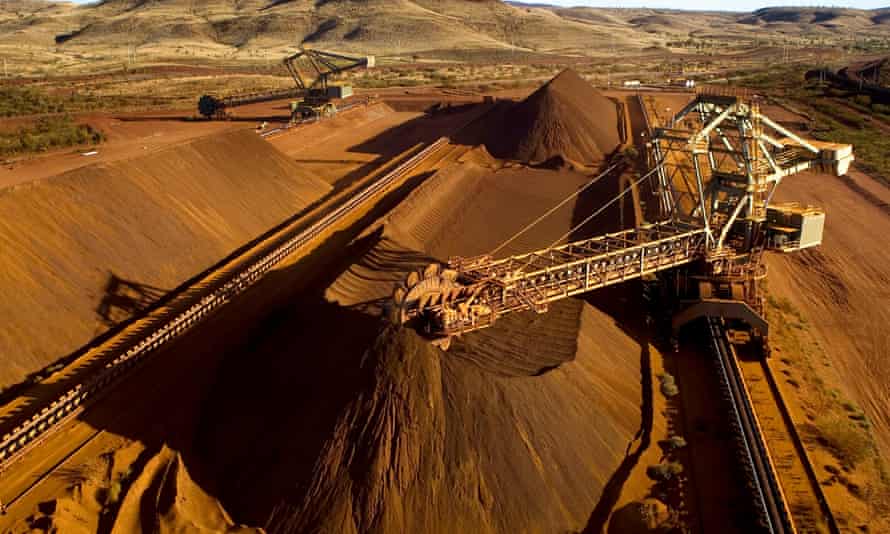
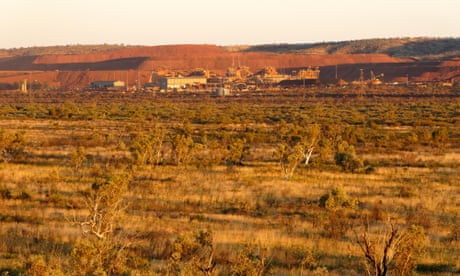



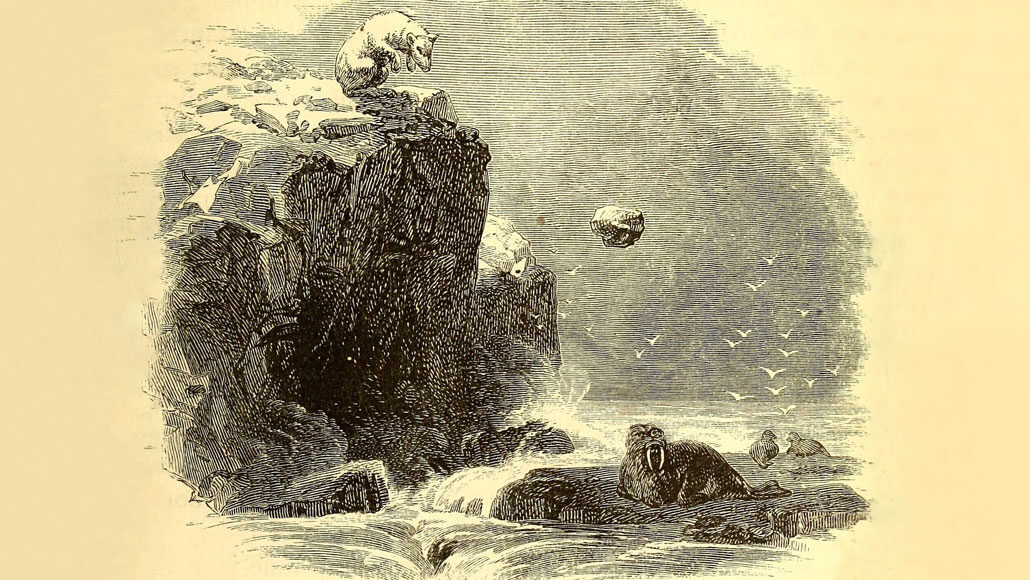


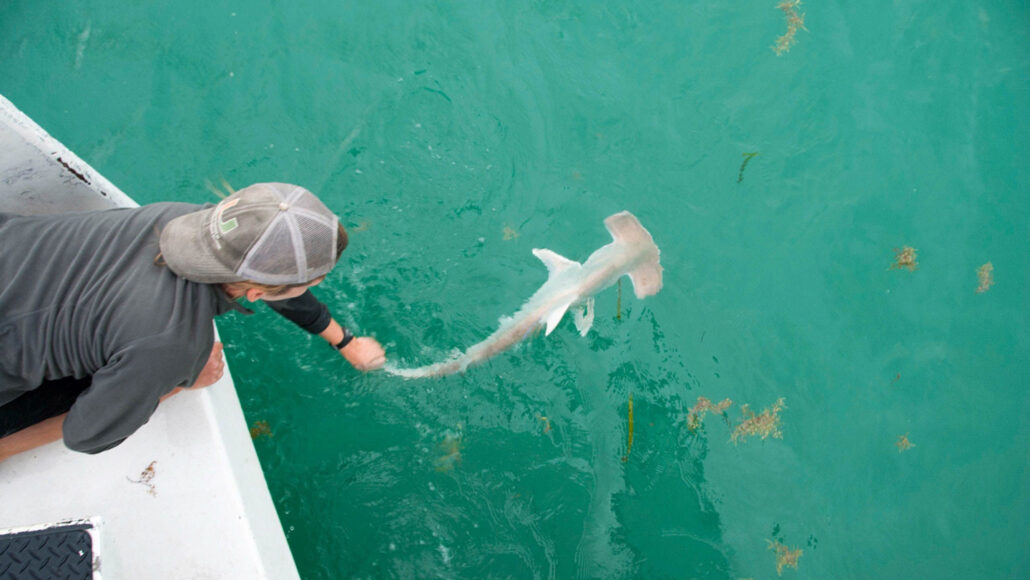
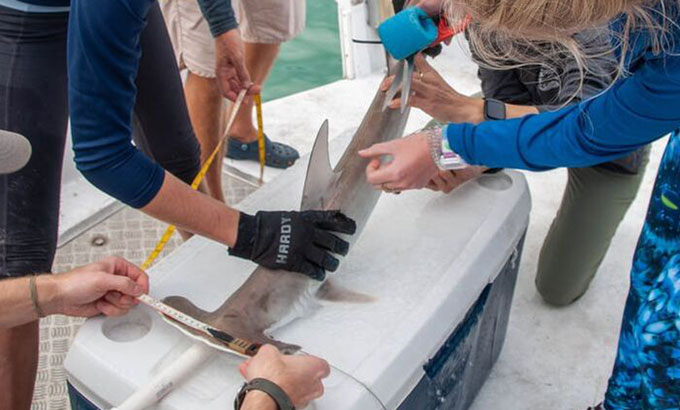
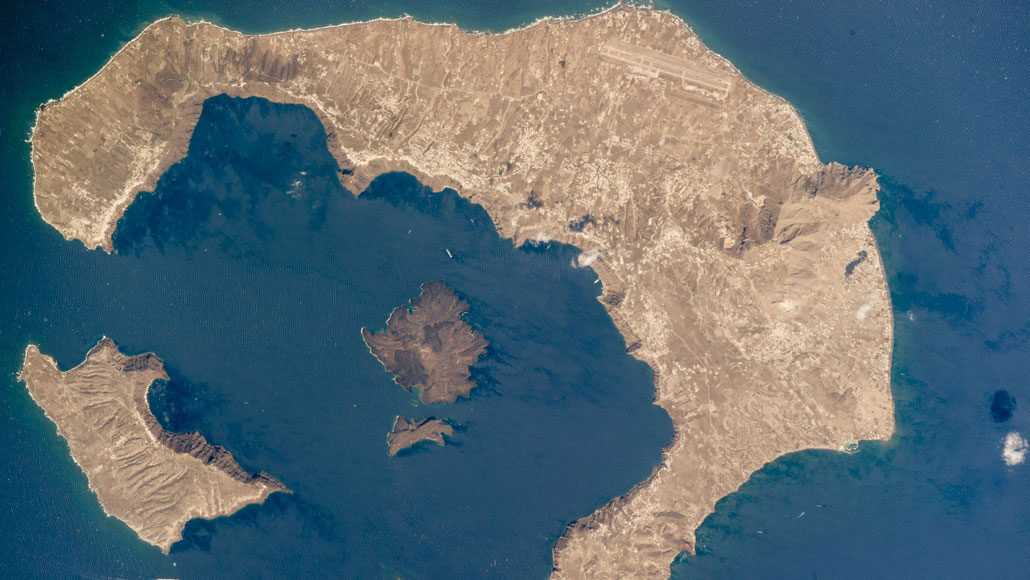
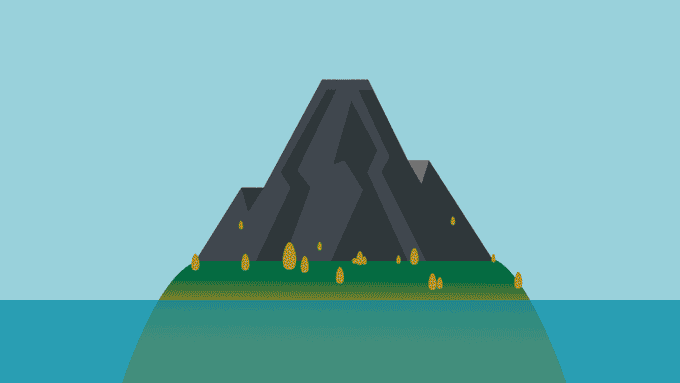
/cloudfront-us-east-1.images.arcpublishing.com/tgam/QANARK5HBBHBFOFEFBGB3JL6H4.JPG)
/cloudfront-us-east-1.images.arcpublishing.com/tgam/OLULWXBITRBOLK56NSRBZRIACI.JPG)
/cloudfront-us-east-1.images.arcpublishing.com/tgam/EBVCT7WT5BMIFIYCVZUU4EILQA.jpg)